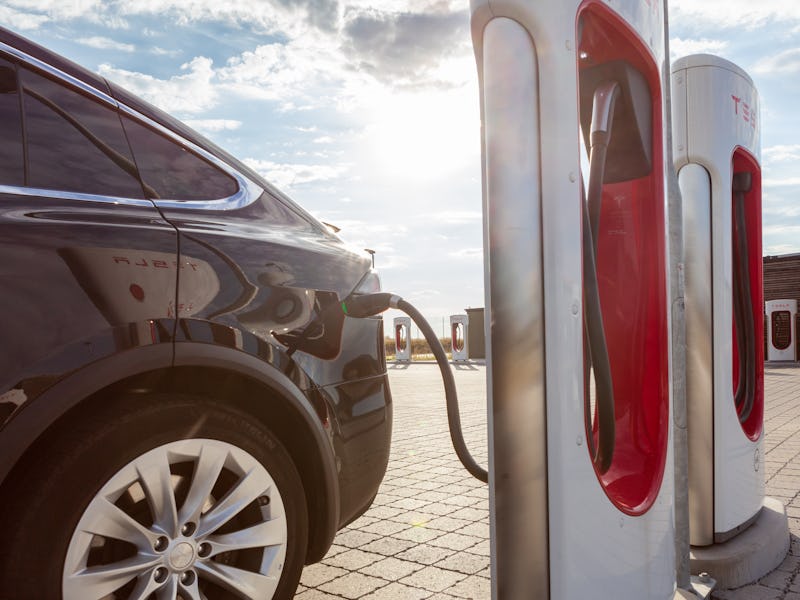Ex-Tesla manager reveals the next killer electric vehicle feature
The manager that helped Tesla plug the gap on its charging map is back — and he’s got a new way to make the electric car more useful.

A Tesla manager that helped bring the firm's network of high-powered superchargers to life is back — and he's got a new idea for the future of electric vehicles.
Doug Alfaro worked on the supercharger rollout in its earliest phases, from 2013 to 2018. He's now the North American general manager of charger manufacturer Wallbox. But rather than simply using home energy to charge electric cars, Wallbox also wants to enable the reverse: electric cars that can send power back to the home.
"It's kind of uncovering a functionality that’s quite obvious but to date has not been available to folks," Alfaro tells Inverse.
Want to find out more about when vehicle-to-grid could make its way to the mainstream, how it could affect your car's battery, and how it could benefit more than just car owners? Read the full interview, only in MUSK READS+.
Vehicle-to-grid technology could help more homes transition to clean energy. A solar panel can pair with a battery to provide 24-hour clean energy even when the sun's not shining. But at $7,500 for a 13.5-kilowatt-hour Tesla Powerwall, it's not cheap. Vehicle-to-grid could enable the electric car, with battery capacities that reach 100 kilowatt-hours, to take on some of the work.
It's not a new idea. Nissan has been pushing the technology with its electric vehicles, and the firm claims to be the only volume automaker with vehicle-to-grid enabled electric cars currently available. BMW, Audi, and Volkswagen have also expressed interest.
Wallbox could help bring it to a broader market. In August 2020, Wallbox started deliveries in the United Kingdom of its product Quasar, which it claims is the world’s smallest and lightest bi-directional home charger. Quasar measures less than 14 inches by 14 inches by six inches, and weighs less than 50 pounds with the cable.
Wallbox Quasar.
Alfaro has helped make electric cars more useful before. Just after Tesla launched the Model S sedan, Alfaro and the rest of the team helped build out the supercharger network. While the Model S could travel up to 265 miles per charge, the new chargers enabled users to stretch those 265 miles over multiple rapid recharges. That enabled much longer road trips, improving the EV’s usefulness.
But while superchargers fueled Tesla's early success, CEO Elon Musk is relatively cool on the idea of bi-directional chargingvehicle-to-grid. At the September 2020 Battery Day, he said that "I think very, very few people would actually use vehicle-to-grid.” bi-directional charging.
With more automakers taking an interest, and planned improvements to charging standards, it could find itself making its way to more cars in the future.
TO CONTINUE READING THE FULL INTERVIEW, SUBSCRIBE TO MUSK READS+.
Here is what you will gain from subscribing to MUSK READS+:
- Three emails per week, enabling fans to go deeper into the week’s news.
- Original interviews and reporting, longform analysis, previews and recaps of major events, including earnings calls and more.
- Community-focused extras like responses to reader mail, an upcoming event calendar, and notable anniversaries.
- An archive of previous subscriber-only content, so you can easily read back over what you might have missed.
- Promotional deals and offers.
- Supporting original, independent journalism.
- Further extras to be announced.
MUSK READS+ is a fully independent operation. We are not Elon Musk, nor are we employed by him. Our job is to report the events we find newsworthy, giving you the inside look at the worlds of space rockets, electric cars, clean energy, and more. It means first-hand accounts of a SpaceX rocket launch, Tesla insights from third-party analysts, and more.
If you want to support us in our mission, and receive original interviews and analysis, consider contributing with a subscription.
This article was originally published on